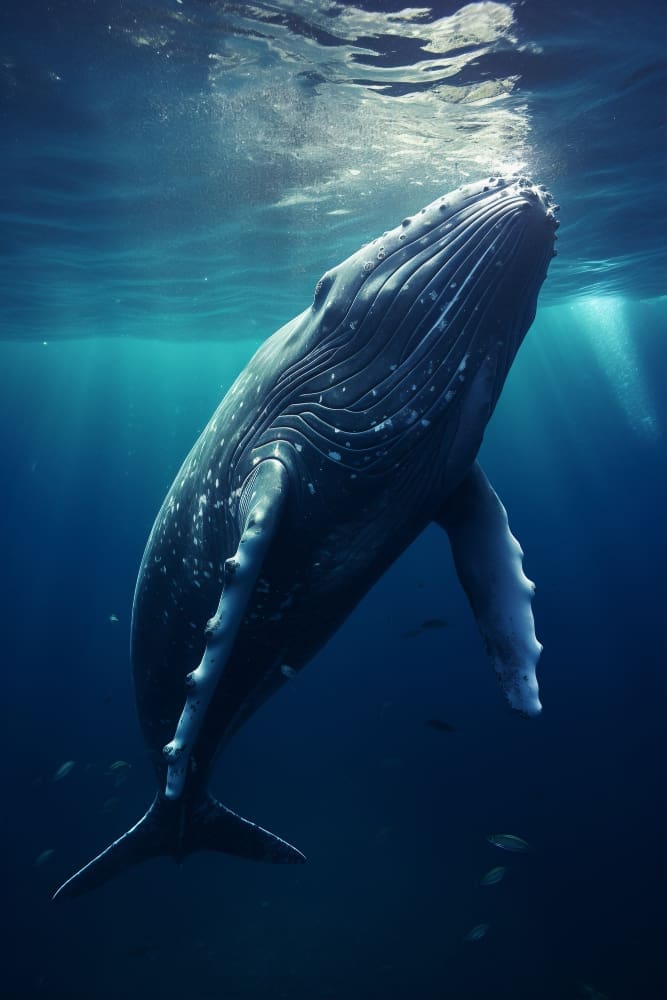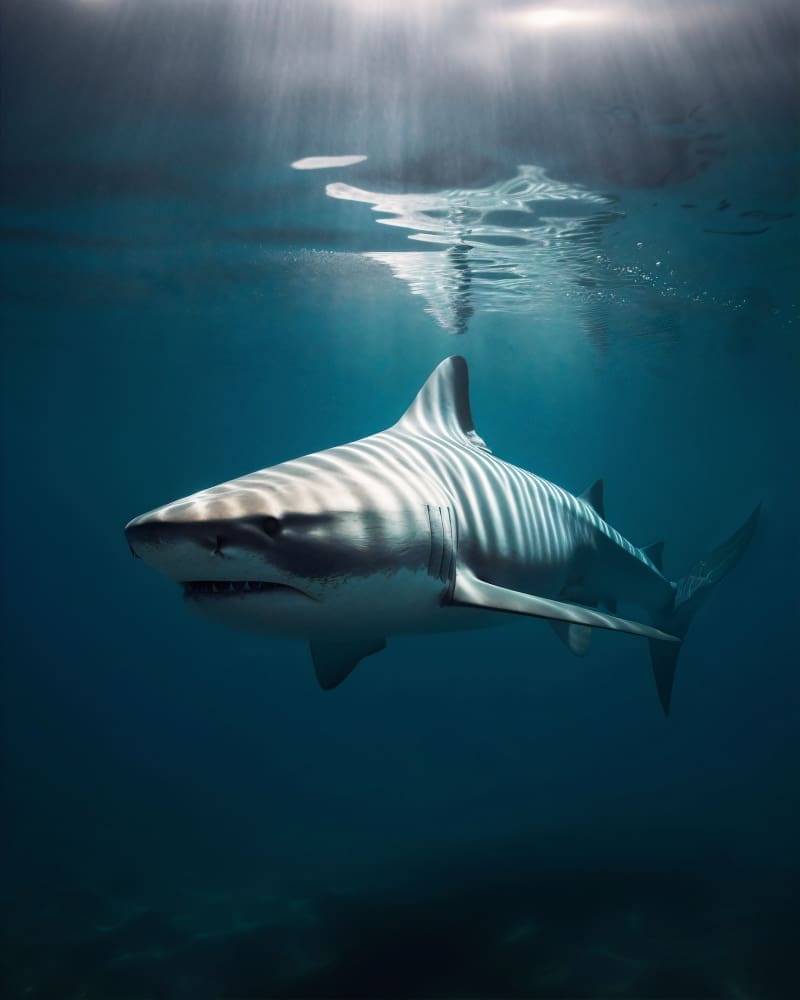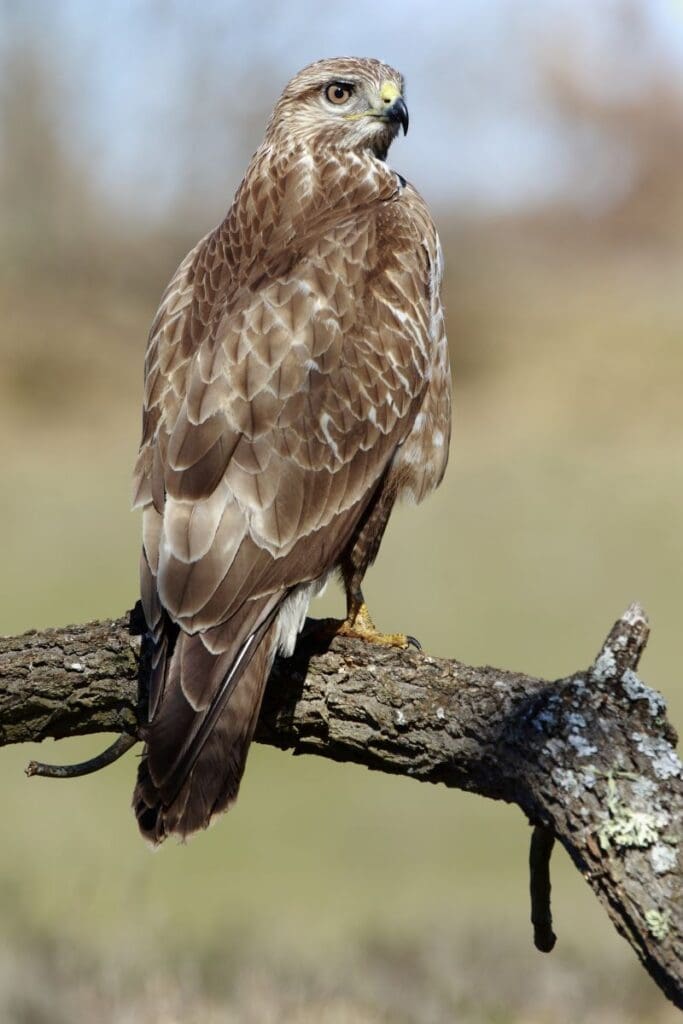Samarkand, 12 February 2024 – Today marked a pivotal moment in the global effort to conserve biodiversity as the Convention on the Conservation of Migratory Species of Wild Animals (CMS) unveiled the inaugural State of the World’s Migratory Species report. This groundbreaking document, released at the commencement of the CMS COP14, a significant UN wildlife conservation conference, paints a stark picture of the perilous state of the world’s migratory species.
Key revelations from the report indicate that while some migratory species are experiencing positive trajectories, nearly half of the species listed under CMS are suffering population declines. Shockingly, more than one-in-five CMS-listed species are threatened with extinction, with a staggering 97 per cent of CMS-listed fish facing the grim prospect of extinction.
Inger Andersen, Under-Secretary-General of the United Nations and Executive Director of the United Nations Environment Programme, emphasized the urgent need for action, stating, “Today’s report sets out the evidence that unsustainable human activities are jeopardizing the future of migratory species – creatures who not only act as indicators of environmental change but play an integral role in maintaining the function and resilience of our planet’s complex ecosystems.”
The report identifies overexploitation and habitat loss due to human activity as the primary threats to migratory species, with climate change, pollution, and invasive species exacerbating these challenges. Alarmingly, the extinction risk is escalating for migratory species globally, even those not listed under CMS.
Amy Fraenkel, CMS Executive Secretary, highlighted the critical role of international cooperation in safeguarding migratory species, stressing that the survival of these animals depends on collaborative efforts across national borders.
While the report underscores the severity of the situation, it also offers glimmers of hope, showcasing instances of successful conservation efforts. However, urgent action is needed to address the decline of migratory species comprehensively.
The report issues a clarion call for immediate measures, including strengthening efforts to combat illegal and unsustainable practices, expanding protected areas for migratory species, and scaling up initiatives to mitigate climate change and pollution.
The UN wildlife conservation conference (CMS COP14) convening in Samarkand, Uzbekistan, marks a crucial juncture in global biodiversity conservation efforts. As governments, wildlife organizations, and scientists gather to deliberate on actions to advance the implementation of the Convention, the State of the World’s Migratory Species report serves as a vital resource, providing scientific insights and policy recommendations to guide discussions and decision-making.



About the Convention on the Conservation of Migratory Species of Wild Animals (CMS)
The CMS is a United Nations environmental treaty that provides a global platform for the conservation and sustainable use of migratory animals and their habitats. With 133 Parties from across the globe, the Convention addresses the conservation needs of terrestrial, aquatic, and avian migratory species.
About UNEP-WCMC
The UN Environment Programme World Conservation Monitoring Centre (UNEP-WCMC) operates as a collaboration between the United Nations Environment Programme and the UK charity WCMC. It serves as a global center of excellence on biodiversity and nature’s contribution to society and the economy.
About CMS Appendices
Appendix I comprises migratory species in danger of extinction throughout all or a significant portion of their range, while Appendix II lists species with an unfavorable conservation status requiring international agreements for their conservation and management.
For more information, visit CMS website and UNEP-WCMC website
Featured image credit: pvproductions | Freepik




